Building Your AI Implementation Roadmap: From Planning to Execution
Introduction
Welcome to the thrilling world of artificial intelligence! If you’re here, chances are you’re grappling with the complexities of crafting an AI implementation strategy that not only fits your business needs but also propels you into the future.
In today’s fast-paced digital landscape, merely dipping your toes into AI isn’t enough. You need a robust AI deployment plan that serves as your roadmap through the twists and turns of AI integration. Think of it as planning a road trip: without a map, you might end up lost in the wilderness of data and algorithms!
But fear not! We’re here to guide you through this journey. By the end of this post, you’ll have a clear understanding of how to develop an effective AI integration approach, what key components make up a successful implementation, and how to navigate potential pitfalls along the way.
Did you know? A recent study found that 93% of companies are currently undergoing digital transformation, highlighting the urgency for a well-structured AI strategy!
So buckle up as we dive into the essentials of building your own personalized AI transformation roadmap. Whether you’re in HR or leading organizational development, this guide is packed with insights tailored for you!

Understanding the Importance of an AI Implementation Strategy
In the ever-evolving landscape of technology, having a robust AI implementation strategy is akin to having a GPS for your business journey. Without it, you might find yourself lost in the maze of artificial intelligence possibilities. So, let’s break down why this strategy is not just important but essential for your organization’s success.
Defining AI Implementation Strategy
An AI implementation strategy is essentially a roadmap that outlines how an organization will integrate artificial intelligence into its operations. It encompasses everything from identifying business objectives to selecting the right tools and technologies for deployment.
Benefits of a Structured Approach to AI Integration
- Clarity and Focus: A structured approach helps in defining clear goals, ensuring that everyone is on the same page. This clarity can prevent wasted resources on misguided projects.
- Risk Mitigation: By anticipating challenges and planning for them, you can avoid common pitfalls associated with AI adoption. Think of it as wearing a helmet while riding a bike better safe than sorry!
- Enhanced Collaboration: A well-crafted strategy fosters collaboration across departments, aligning teams towards common objectives and encouraging knowledge sharing.
- Scalability: With an effective plan in place, scaling your AI initiatives becomes much smoother. You can start small with pilot projects and expand based on success.
Common Challenges in AI Adoption
Despite its benefits, implementing AI isn’t without challenges. Here are some common hurdles organizations face:
- Cultural Resistance: Teams may be hesitant to embrace new technologies due to fear of change or lack of understanding.
- Siloed Data: In many organizations, data is trapped in silos, making it difficult to leverage for AI applications.
- Lack of Skills: The shortage of skilled professionals who understand both AI technologies and business needs can stall progress.
- Poor Data Quality: Garbage in, garbage out! If your data isn’t clean and relevant, even the best algorithms will struggle to deliver value.

The key takeaway here? An effective AI implementation strategy acts as both compass and map guiding you through uncharted waters while helping you navigate around potential icebergs. So gear up; it’s time to chart your course toward successful AI integration!
Key Components of an Effective AI Deployment Plan
Creating a robust AI implementation strategy is like assembling a high-performance sports car. You can’t just slap on a turbocharger and expect it to fly. Each component must work in harmony to achieve peak performance. Here are the key components you need to consider for your AI deployment plan.
-
Identifying Business Objectives and Outcomes
The first step in your journey is to pinpoint what success looks like for your organization. Are you aiming for increased sales, enhanced customer experience, or maybe operational efficiency? Define clear, measurable goals that align with your overall AI business strategy. This will help you determine which AI solutions are best suited to deliver those outcomes.
-
Assessing Current Capabilities and Resources
No one wants to find out their shiny new AI system is sitting on a rickety old foundation. Conduct a thorough assessment of your existing capabilities both technological and human resources. Are your data systems robust enough for advanced analytics deployment? Do you have the necessary talent or do you need to invest in training? This step ensures that your AI integration approach is grounded in reality.
-
Stakeholder Engagement and Alignment
Your AI project will be more successful if everyone is on board from the get-go. Engage stakeholders across all levels executives, department heads, and even frontline staff to align expectations and gain buy-in. This collaborative effort can help mitigate resistance later on, making your path smoother as you embark on this digital transformation with AI.
-
Data Strategy Development
A solid data strategy is the backbone of any effective AI deployment plan. This includes ensuring data quality, availability, and governance. Without clean, structured data, even the most sophisticated algorithms will struggle to deliver insights. Think of it as building a house; without a strong foundation (your data), everything else will crumble.
-
Risk Assessment and Mitigation Planning
No adventure comes without risks! Identify potential challenges that could derail your AI initiatives be it technical hurdles, compliance issues, or cultural resistance within teams. Develop a mitigation plan that outlines how you’ll address these risks head-on. After all, forewarned is forearmed!
-
Implementation Roadmap Creation
Your next-gen technology strategies should culminate in an actionable roadmap that lays out timelines, milestones, and responsibilities. This roadmap not only guides the execution but also helps track progress against set objectives a critical aspect of effective AI project management.
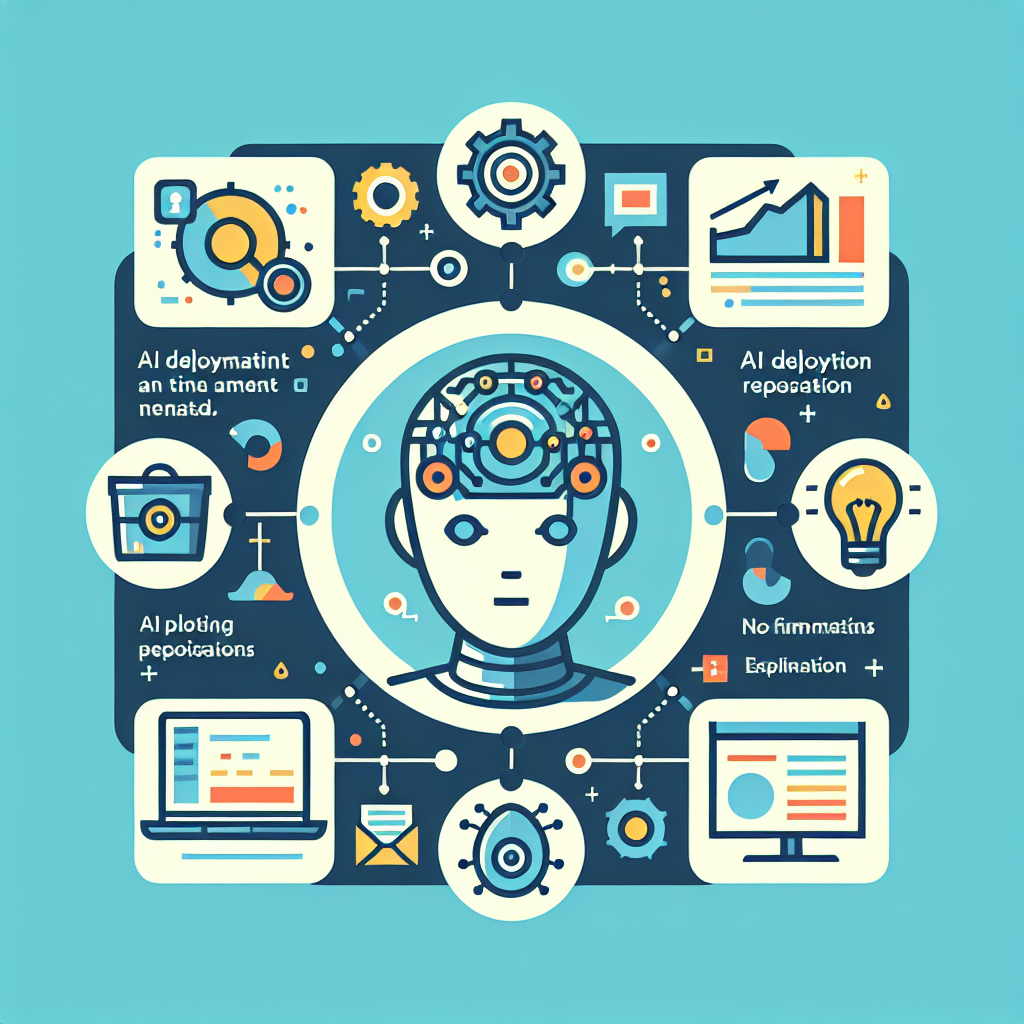
By focusing on these key components of an effective AI deployment plan, you’re setting yourself up for success in operationalizing AI solutions within your organization. Now go forth and conquer the world of artificial intelligence!
Developing Your AI Integration Approach
Alright, folks! Now that we’ve laid the groundwork for your AI implementation strategy, it’s time to roll up our sleeves and dive into the nitty-gritty of developing your AI integration approach. Think of this as the secret sauce that will make your AI initiatives not just palatable, but downright delicious!
First up, let’s talk about selecting the right technologies and tools. With an avalanche of options out there, choosing the right ones can feel like picking a favorite child. Here’s a handy checklist to guide you:
- Evaluate Compatibility: Ensure that any new tools integrate smoothly with your existing systems. You don’t want a situation where your shiny new AI solution plays hard to get with legacy systems.
- Scalability Matters: Choose technologies that can grow with you. The last thing you need is to outgrow your tools faster than a teenager outgrows their shoes!
- User-Friendliness: If your team is struggling to use the technology, it defeats its purpose. Look for solutions that come with intuitive interfaces and ample support.
Next on our journey is data management and preparation strategies. Remember, garbage in means garbage out! So, let’s ensure we’re feeding our AI systems some quality data:
- Data Quality Assessment: Regularly check for inconsistencies or inaccuracies in your datasets. Think of it like cleaning out your fridge; nobody wants expired yogurt lurking in there!
- Data Governance Framework: Establish clear guidelines on data usage and ownership. This helps prevent unwanted surprises down the line.
- Data Enrichment Techniques: Utilize external datasets or APIs to enhance your existing data. This could be akin to adding spices to elevate a bland dish!
Cognitive computing strategies are another crucial element of your AI integration approach. This isn’t just about having robots do our bidding; it’s about creating intelligent systems that can learn and adapt over time:
- User-Centric Design: Focus on how users will interact with these cognitive systems. A user-friendly interface will ensure higher adoption rates.
- Pilot Programs: Test cognitive solutions on a small scale before full deployment. It’s like dipping your toes in before diving into the deep end!
- Continuous Learning Mechanisms: Implement feedback loops so that these systems can learn from their mistakes because who doesn’t love a good comeback story?

The bottom line? Developing an effective AI integration approach requires thoughtful selection of technologies, meticulous data management practices, and innovative cognitive computing strategies. By focusing on these areas, you’re not just operationalizing AI solutions; you’re paving the way for transformative change within your organization.
If you’re ready to take the plunge into this exciting realm of artificial intelligence strategy, remember: start small, think big! Your journey towards successful AI adoption begins now!
Crafting Your Machine Learning Implementation Strategy
When it comes to an AI implementation strategy, machine learning is often the star of the show. But like any headliner, it needs a solid strategy to shine. So, how do you craft a machine learning implementation strategy that not only fits your organization but also propels it into the future? Let’s break it down!
Differentiating Between Supervised and Unsupervised Learning Approaches
The first step in your machine learning journey is understanding the difference between supervised and unsupervised learning. Think of supervised learning as a teacher guiding students through lessons you’re providing labeled data to train your model on specific outcomes. On the other hand, unsupervised learning is like giving students a puzzle without showing them the picture on the box; they must find patterns and groupings within unlabeled data.
Key Insight: Choosing between these approaches depends on your business objectives. If you need predictions based on historical data (like customer churn), go for supervised learning. If you’re looking to explore data without predefined labels (think customer segmentation), unsupervised might be your best bet.
Choosing Algorithms for Specific Business Needs
Once you’ve settled on an approach, it’s time to select the right algorithms. This part can feel like shopping for shoes there are many styles, but not all will fit! For instance:
- Random Forest: Great for classification tasks where you need a robust model that handles overfitting well.
- K-Means Clustering: Perfect for segmenting customers based on behavior if you’re diving into unsupervised territory.
- Neural Networks: Ideal for complex problems like image recognition or natural language processing.
Testing and Validation Methods for Machine Learning Models
No matter how shiny your algorithm is, it won’t be worth much if it isn’t validated properly. Testing your models is crucial! Here are some methods to ensure they’re performing as expected:
- K-Fold Cross-Validation: Split your dataset into ‘k’ subsets and train multiple models to ensure reliability.
- Train-Test Split: Keep some data aside to test your model after training it’s like saving dessert for last!
- A/B Testing: Roll out different models in parallel to see which one performs better in real-world scenarios.
The goal here is to ensure that when you deploy your machine learning model, it’s not just functional but also optimized for real-world performance. Remember, an effective AI deployment plan hinges on robust testing!
The takeaway? Crafting a solid machine learning implementation strategy involves understanding various approaches, selecting the right algorithms tailored to business needs, and rigorously testing those models before they hit production. By following these steps, you’ll be well on your way to operationalizing AI solutions that truly drive growth.
A Comprehensive AI Transformation Roadmap
Creating a successful AI implementation strategy is like assembling a jigsaw puzzle; each piece must fit perfectly to reveal the bigger picture. Let’s break down the steps to craft a comprehensive AI transformation roadmap that will guide your organization from planning to execution.
Phased Approach to Implementation: Pilot, Scale, Optimize
The journey of implementing AI should be phased to minimize risks and maximize learning:
- Pilot: Start small with a pilot project. This allows you to test your assumptions and refine your approach without a full-scale commitment.
- Scale: Once the pilot demonstrates success, it’s time to scale up. This involves deploying AI solutions across more departments or functions.
- Optimize: After scaling, continuously monitor and optimize your systems based on performance data and user feedback.
Setting Timelines and Milestones for Progress Tracking
A roadmap without timelines is like a ship without a compass. Establish clear milestones to track progress effectively:
- Initial Assessment: Complete within the first month.
- Pilot Launch: Aim for 3-6 months after initial assessment.
- Full Deployment: Target 12 months post-pilot success.
- Review & Optimize: Conduct quarterly reviews and adjustments thereafter.
Integrating Feedback Loops for Continuous Improvement
Your AI systems should be living organisms, adapting and evolving over time. Integrate feedback loops through:
- User Feedback Surveys: Regularly solicit input from stakeholders who interact with AI solutions.
- A/B Testing: Experiment with different algorithms or processes to see which performs better in real-world scenarios.
- KPI Monitoring: Track key performance indicators related to productivity, efficiency, and user satisfaction continuously.
The Role of Data Science in AI Project Management
In the world of AI project management, data science is like the secret sauce that transforms a bland dish into a gourmet meal. It’s not just about crunching numbers; it’s about using those numbers to make informed decisions that drive your AI implementation strategy forward.
- The significance of data-driven strategies in decision-making processes: When you leverage data science, you’re not flying blind. You’re equipped with insights that can guide your AI deployment plan and help you avoid costly missteps. Think of it as having Google Maps for your AI journey navigating through twists and turns with confidence.
- Utilizing advanced analytics for performance measurement and evaluation: Advanced analytics can help you gauge how well your AI systems are performing. By employing predictive analytics implementation, you can forecast outcomes and adjust strategies accordingly, ensuring that your AI integration approach is always on point.
- Cultivating a culture of data literacy within the organization: It’s not enough to have data; your team needs to understand it. Fostering a culture where everyone feels comfortable interpreting data will empower them to contribute meaningfully to the AI transformation roadmap. After all, an informed team is an effective team.
Remember: Data science isn’t just a tool; it’s a mindset. Embracing it means committing to a continuous cycle of learning and adaptation crucial for operationalizing AI solutions effectively.
Navigating the Challenges of Operationalizing AI Solutions
-
< li > Addressing resistance to change within teams
< li > Ensuring regulatory compliance and ethical considerations
< li > Managing expectations around AI capabilities
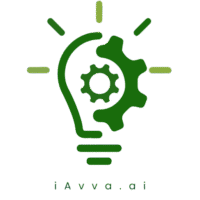
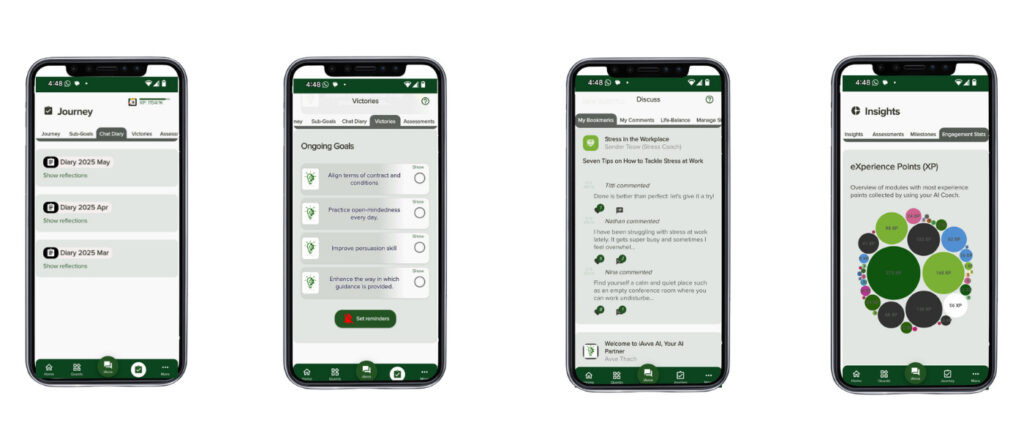


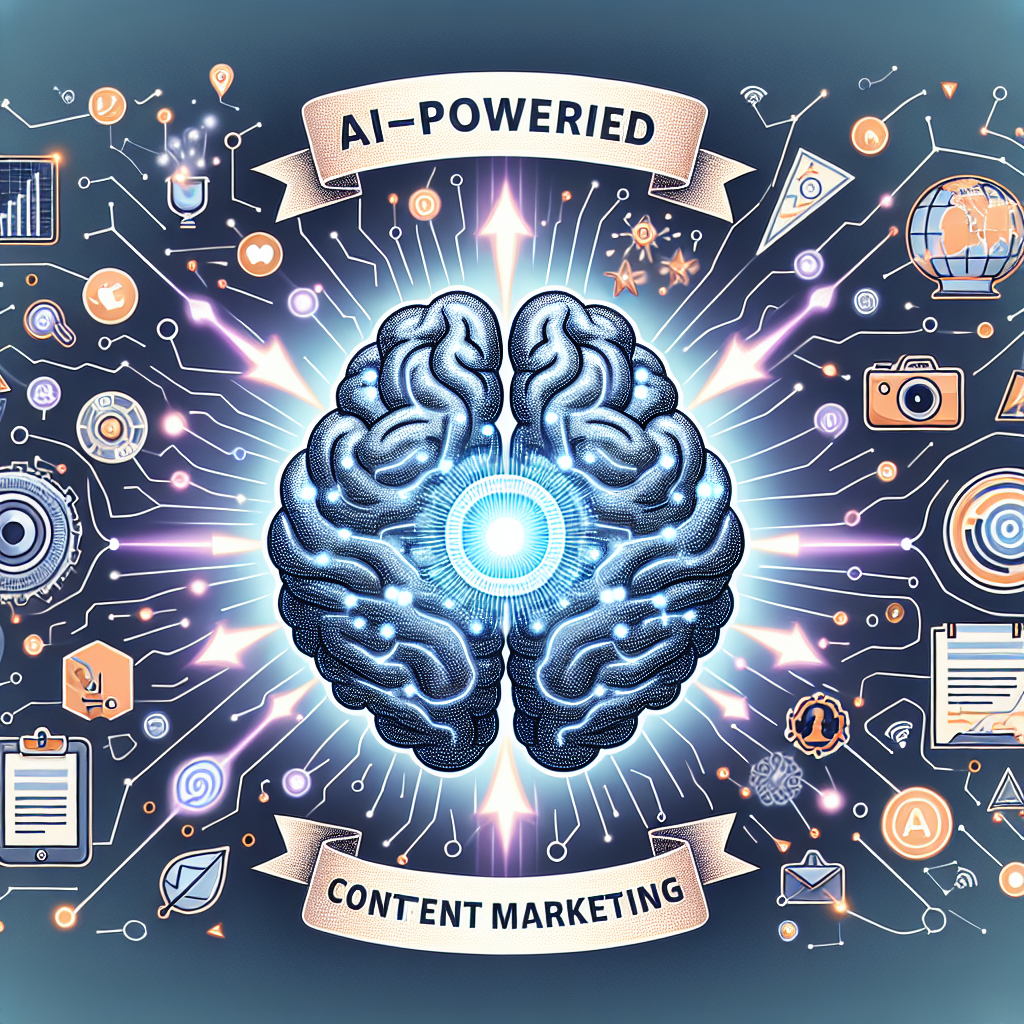




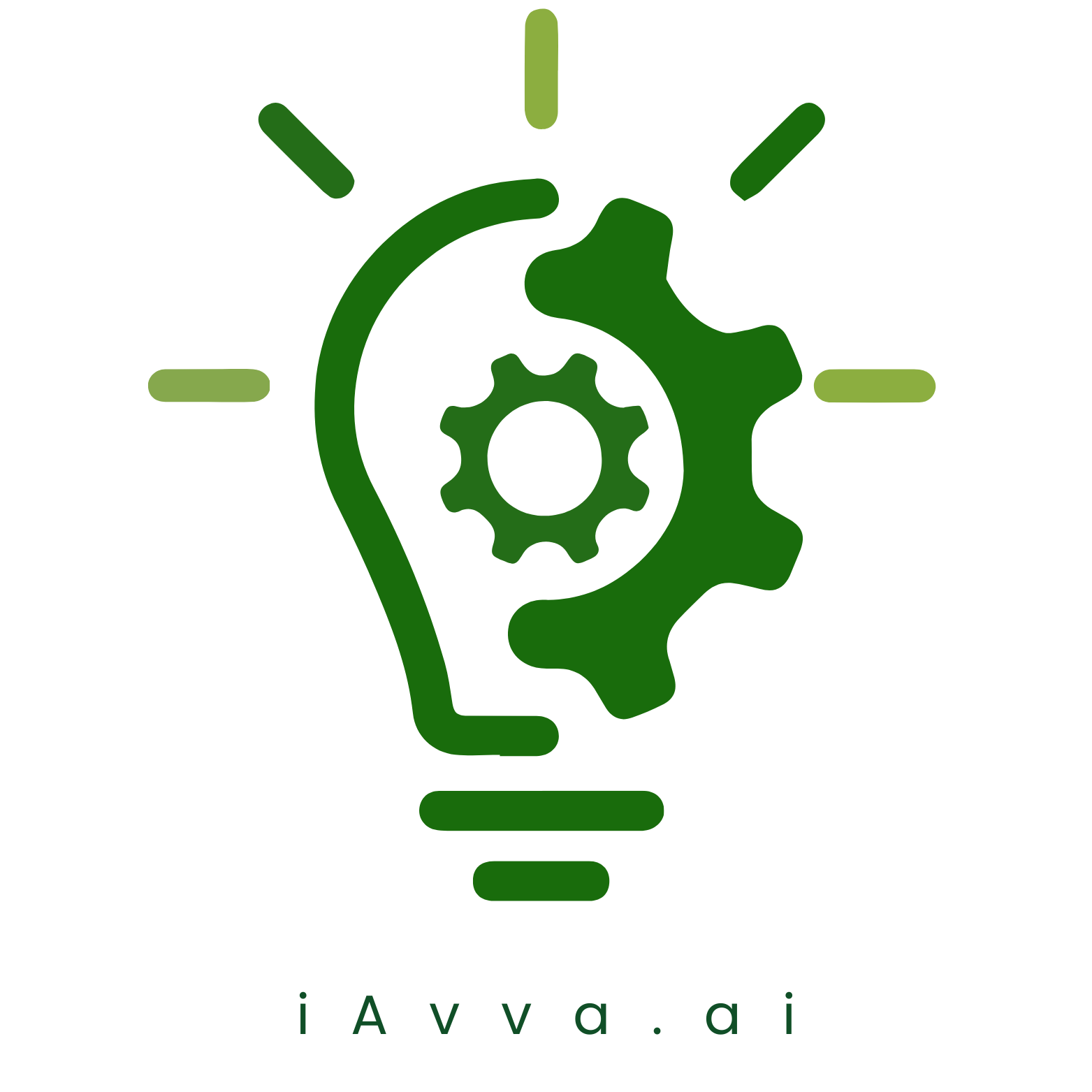
Leave a Reply